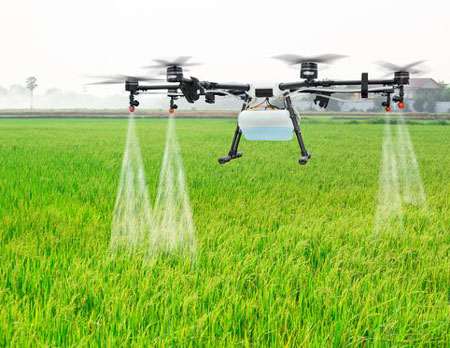Ridge Gourd
Downey Midew
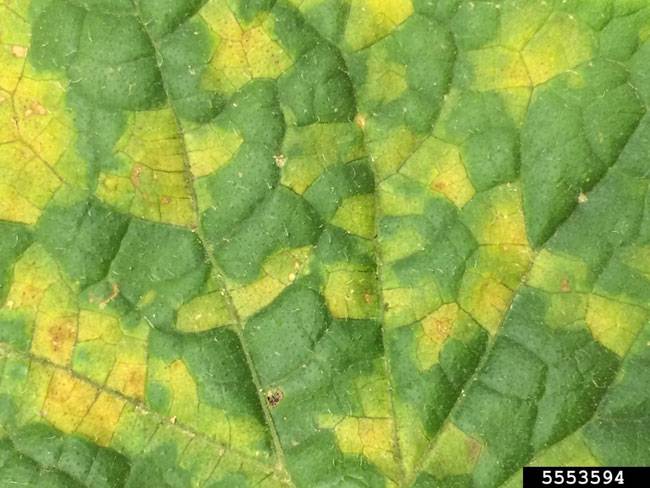
Pseudoperonospora cubensis
Fungal Disease
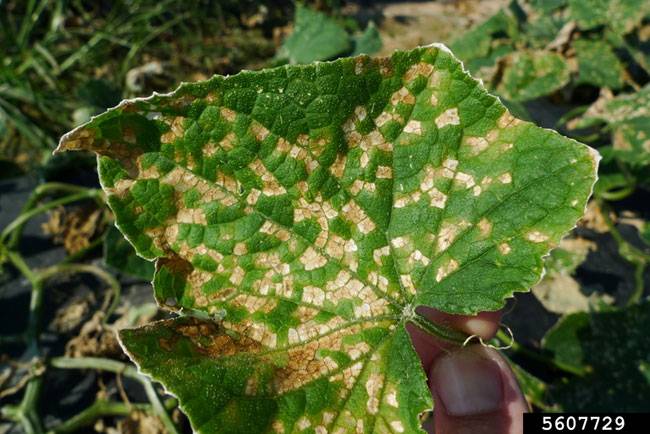
Pseudoperonospora cubensis
Fungal Disease
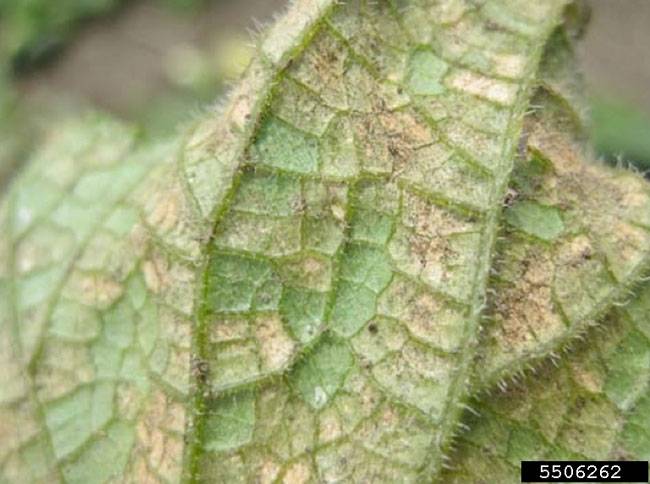
Pseudoperonospora cubensis
Fungal Disease
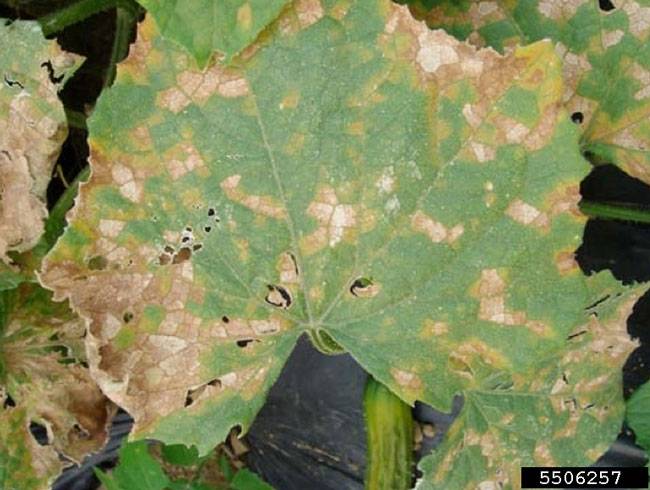
Pseudoperonospora cubensis
Fungal Disease
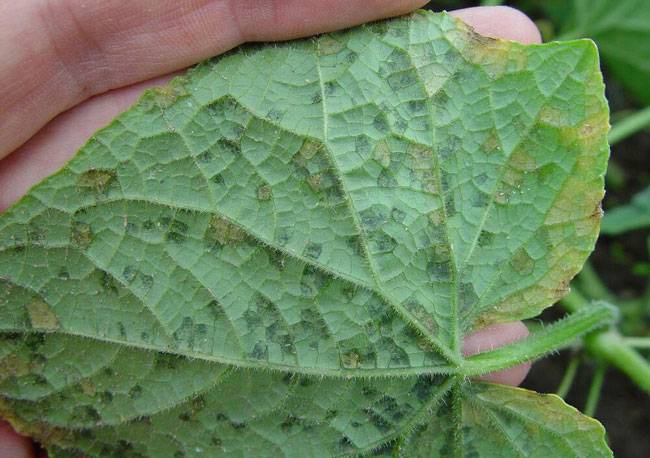
Pseudoperonospora cubensis
Fungal Disease
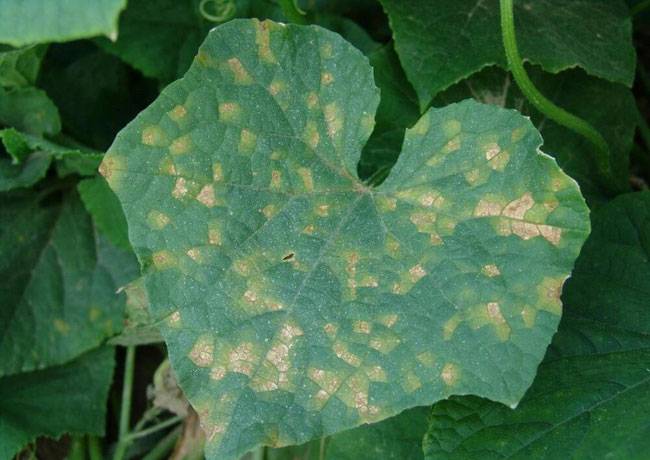
Pseudoperonospora cubensis
Fungal Disease
Downy mildew, caused by Pseudoperonospora cubensis, is a serious disease affecting cucumber crops. It thrives in moist, humid conditions and is particularly problematic during cool temperatures (~15°C). The disease can cause severe leaf damage, reducing photosynthesis and yield. Early identification and management are crucial to mitigate its impact.
Key Symptoms
Upper Leaf Surface:
- Yellow to tan angular spots form between leaf veins.
- Spots may display a slight orange or yellow hue.
Lower Leaf Surface:
- Fuzzy purplish-gray sporangia appear beneath infected spots.
Affected Leaves:
- Older leaves are more susceptible, with symptoms often noticeable in early to late summer.
Disease Development
Causal Organism:
- Downy mildew is caused by a water mold pathogen, Pseudoperonospora cubensis.
Environmental Favorability:
- Moisture and high humidity are essential for disease spread.
- Optimal temperatures for infection range from 5–30°C.
- No infection occurs above 35°C.
- Cool temperatures (~15°C) accelerate development.
Infection Process:
- Sporangia infect cotyledons and spread rapidly under conducive conditions.
Management Strategies
Cultural Practices:
- Plant resistant cucumber varieties.
- Use crop rotation to reduce pathogen persistence.
Environmental Control:
- Ensure good air circulation to minimize humidity.
- Avoid overhead irrigation to reduce leaf wetness.
Chemical Control:
- Apply fungicides preventively, especially during humid, cool weather.
- Use water mold-specific fungicides for effective management.
Monitoring and Early Detection:
- Scout fields regularly for yellow spots and fluffy mildew on leaves.
Downy mildew of cucumber, caused by Pseudoperonospora cubensis, can cause significant crop loss if not managed effectively. Understanding its symptoms and environmental requirements allows growers to take proactive measures. Implementing cultural practices, monitoring weather conditions, and using targeted fungicides can help protect cucumber crops from this destructive disease.


